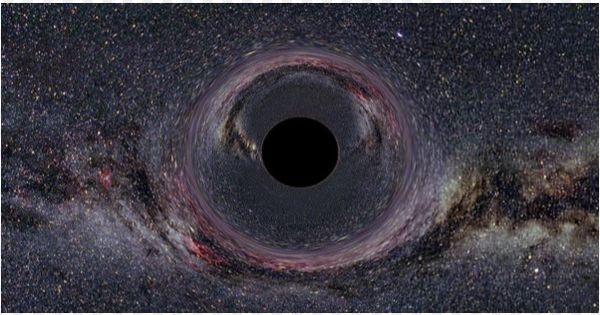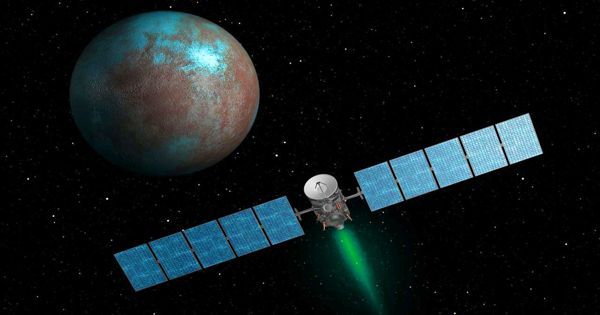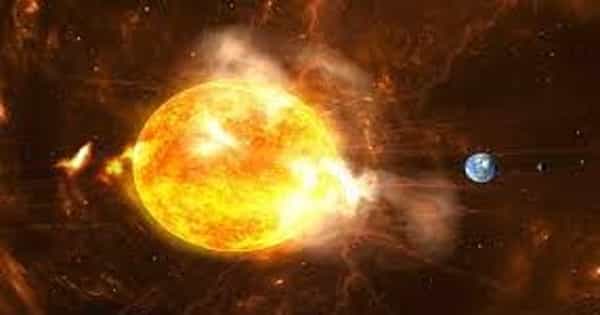A supermassive black hole is known as Sagittarius A* sits in the heart of the Milky Way. It has a mass of almost 4 million times that of our Sun. We now have the deepest, clearest views of a few of the stars that orbit rather near to this giant.
These photos, which were gathered over several months, offered new perspectives on the movements of the stars surrounding Sagittarius A and even detected a completely new one. These stars are known as S-stars, and their orbits are erratic and lengthy, taking between 14 and 18 years to complete a full round around Sgr A. The team’s findings, which were published in two publications in Astronomy & Astrophysics (here and here), revealed the closest and quickest a star has ever been spotted traveling around a black hole.
Star S29 was just 13 billion kilometers (8 billion miles) distant from Sgr A* when it was seen between March and July 2021, roughly 90 times the Sun-Earth distance. It was traveling at an amazing 8,740 kilometers per second (5430 miles per second). They also discovered S300, a previously undiscovered star. Astronomers may refine their estimations of mass and distance by studying the motion of these stars, which is an ideal proxy for examining the characteristics of the supermassive black hole.

“Sagittarius A we’d like to understand more about the black hole at the center of the Milky Way: What is the precise size of it? Is it able to rotate? Do the stars surrounding it react exactly as Einstein’s general theory of relativity predicts?” In a statement, co-author and director of the Max Planck Institute for Extraterrestrial Physics (MPE) Reinhard Genzel remarked. “Following stars on orbits near to the supermassive black hole is the best method to address these concerns. And we show here that we can accomplish it with more accuracy than ever before.”
The scientists verified the motion of numerous previously known stars, such as S62, but also identified new ones, such as S300, during these investigations. The orbits also enabled the most exact measurements of the black hole’s mass, which is 4.3 million times that of our Sun, and its distance from Earth, which are 27,000 light-years. “Following stars on close orbits around Sagittarius A* allows us to precisely probe the gravitational field around the closest massive black hole to Earth, to test General Relativity, and to determine the properties of the black hole,” said Genzel, who won the Nobel Prize for his work on Sagittarius A* in 2020.
The GRAVITY project used the Very Large Telescope Interferometer of the European Southern Observatory to get these deepest pictures of the galactic core, utilizing a novel processing approach that allowed them to zoom 20 times deeper than previously feasible. Even more incredible, when Chile’s Extremely Large Telescope (ELT) goes operational in a few years, the partnership will become GRAVITY+, allowing for investigations that are even more precise.
















